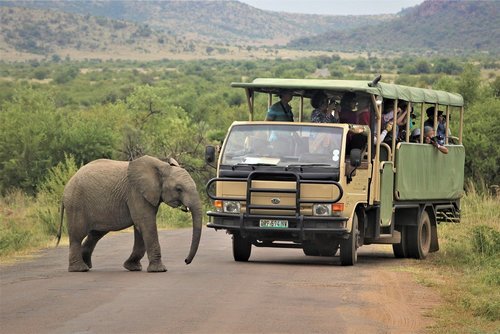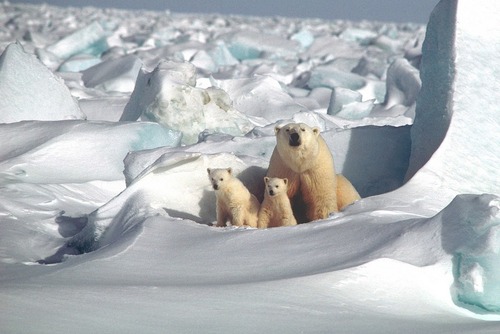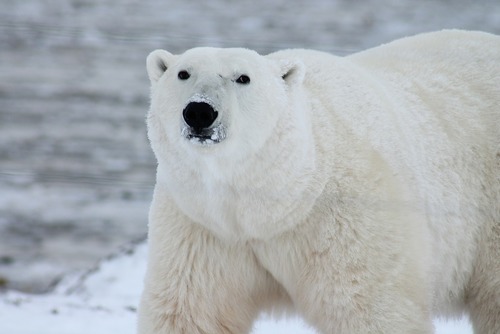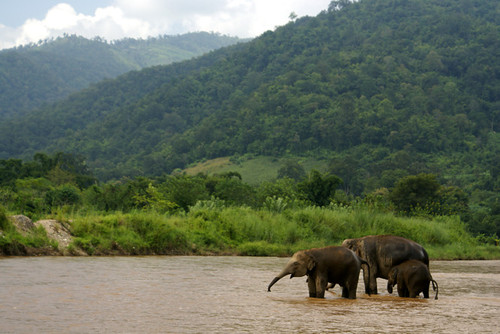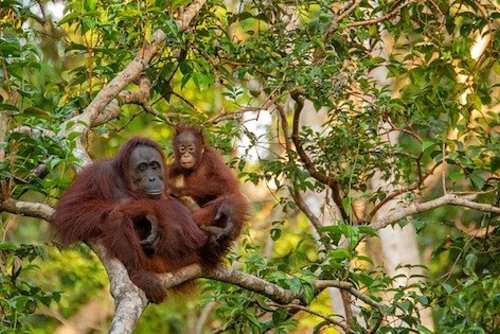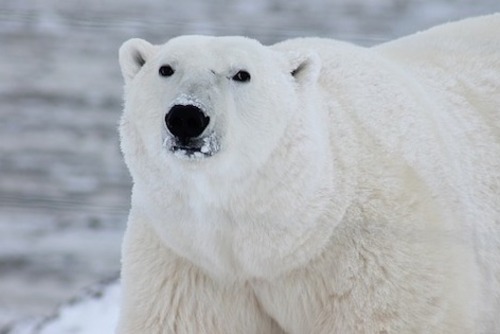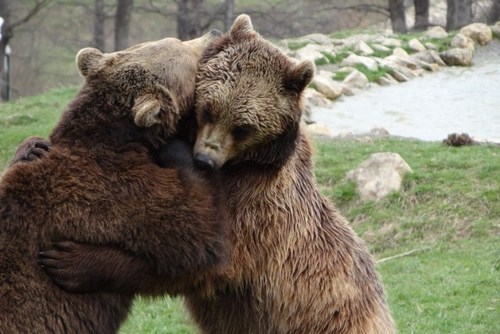
Threats to bears worldwide and what you can do to help!
It is hard to argue against the claim that bears are one of the most loved of all animals. From an early age, we are given teddy bears and we were read the stories of ‘Winnie the Pooh’, ‘Paddington Bear’ and ‘Rupert’. Bears are depicted as cute and cuddly in fictional tales. However, this image can be misleading; they are incredibly powerful, strong and protective.
Often people have their favourite type of bear whether it’s the majestic polar bear or the grizzly brown bear, each has adapted to their natural habitat and their unique survival strategies are impressive. What they all have in common is that they are all under threat. A staggering 75% of bears are at risk of extinction.
Read on to find out what is threatening the lives of bears and what you can do to play your part in promoting bear conservation around the world.
Giant Pandas
Residing in China, the giant panda is considered at high risk of imminent extinction. The reason for the loss of these iconic black and white bamboo eaters is the destruction of their natural habitat due to extensive logging and deforestation. Of those that are left, many live in zoos rather than the wild.
Sun Bears
Like the giant panda, the small, sun bears are also facing a perilous future. Living in Southeast Asia, most notably in locations such as Malaysia, the sun bear relies on the existence of tropical forests. The bears are tiny in comparison to the other bear species, but they are also muscular. One recognisable feature of the bears is their extraordinarily long tongues and claws. They are nocturnal creatures and live off the berries and bugs found in the forest. Unfortunately, poachers have almost halved the population, killing for the fur and body parts. Farmers also kill bears to stop them from eating their crops.
Asiatic Black Bears
These ‘vulnerable’ bears are found in Asia. Like the sun bears, the Asiatic black bears’ numbers have declined by roughly 40% over the last 30 years. The main reason is loss of habitable land. These nicknamed ‘moon bears’ are also hunted for their gall bladders, which are used as an ingredient in some local medicines.
Sloth Bears
Another inhabitant of Asia is the sloth bear. These bears are again victim of poachers and habitat loss. They are also captured, tortured and used to perform on the roadside.
Andean Bears
These ‘spectacled’ bears live in the South American jungles. They were given this nicknamed due to the yellow marking often circling their eyes. Data about these shy bears is limited, but like the Asiatic black bears they are also listed as ‘vulnerable’. Due to demand for fur, they are often hunted and like their fellow species, their habitat is also considerably at risk.
Polar Bears
These white bears are the kings of the Arctic. With layers of protective fats to keep them warm, these webbed-feet mammals live on the ice, but can swim to hunt for seals. They are extremely strong and do not fear humans. This can make them dangerous. Hunting, ocean pollution and climate change is having a dramatic impact on the welfare of these stunning animals. Due to melting icecaps, feeding opportunities are becoming less frequent. Overtime, polar bears have become significantly smaller due to malnourishment.
Brown Bears
Roaming the forests and mountains of North America, Europe and Asia, the ‘grizzly’ is the most common species of bear. The biggest risk to these animals is human conflict, especially, where bears and human cohabit. Some bears are killed or captured. Used to ‘entertain’ the crowds, some bears are imprisoned to be paraded in circuses and perform ticks. Bears are kept in horrid conditions and tortured until they comply with instruction. Stricter bans have been put in place to protect bears from abuse, but there is still a long way to go!
The American Black Bears
Found in North America, these large bears have acquired a taste for human rubbish. For bears that live near human settlements, there is an ongoing conflict between the bears and the locals. Not only are the bears at risk of losing their habitat as the human population grow, they are also at risk of being killed by fearful locals.
How can you help?
We have programs which are great for anyone passionate about bear conservation. Programs are run by dedicated teams committed to improving the lives of the bears in their care.

Top Reasons to Work with Bears
If you have an enthusiasm for wildlife conservation working at a bear sanctuary will be an amazing experience. These are amazing projects where you can help bears and work towards improving their survival. Some bear sanctuary's are home to many bears which have been injured or can no longer look after themselves. Some are rescued from horrendous living conditions or have been kept at zoo's or in cages their whole lives. Some have been kept in tiny cages but lots end up being rescued and provided with a safe place to live out the rest of their lives where they can be free to roam. You will help provide a natural habitat and keep them safe from poachers and other dangers.
Requirements
You usually do not need any previous experience but you will need to be able to work hard as part of a team sometimes waking up early.

Tasks
Your main aim will be to provide a safe place for bears to live, this might include collecting food or cleaning enclosures. Please note you might not get hands on work experience with bears, they are usually wild animals who will be released back into the wild but you will get to observe their daily lives like eating, swimming and cleaning. Bears can be large in size but there is no need to be afraid of them, these volunteer projects with bears are an amazing experience. Bears are very playful creatures but you might not be able to get too close, remember these are wild animals and human contact is usually kept to a minimum. Bears eat a lot of meat and preparing this is very important to their survival and well being so collecting food will be a bif part of the role.
What to Expect
These placements can get messy, you might be cleaning their habitats so take lots of spare clothes. If some cases you will be able to help transfer the bears from sanctuary's and back into the wild working with other volunteers under the assistance from local staff. Sometimes days can be long but rewarding, you will be able to help local staff with daily tasks which can include collecting food and cleaning enclosures. You might not be able to get hands of work with bears, most projects are design to help them in an observational capacity. You could gain veterinary / medical work experience with bears, these are a great way to gain work experience and really make a difference to animal conservation efforts.
Popular Destinations to Volunteer with Bears
How to Apply
Participants are needed all year round and you can choose from popular locations like Thailand or Romania. Sometimes you might need to pay a donation or fee to volunteer - this goes towards the running costs of bear sanctuary's and also includes training, food, accommodation and support. You can apply or enquire today for more information by viewing our placements above. View volunteer opportunities with bears on our website today!
Related Pages


